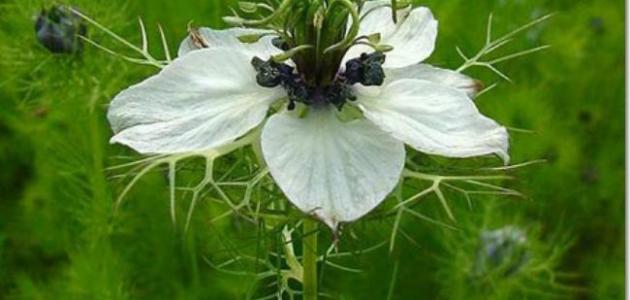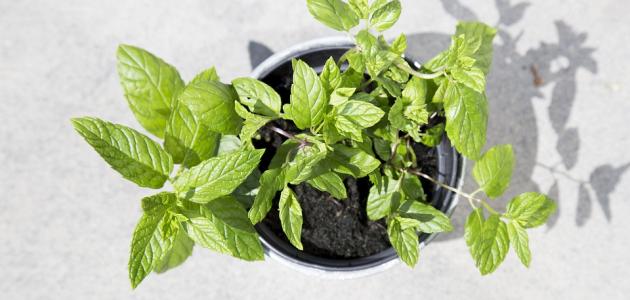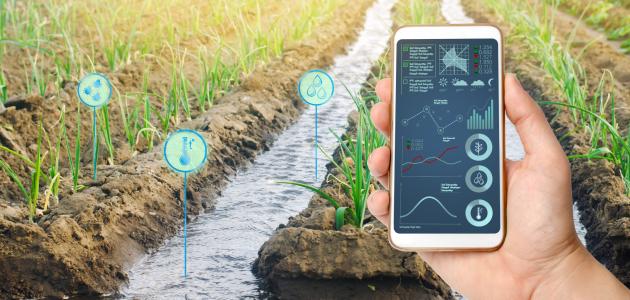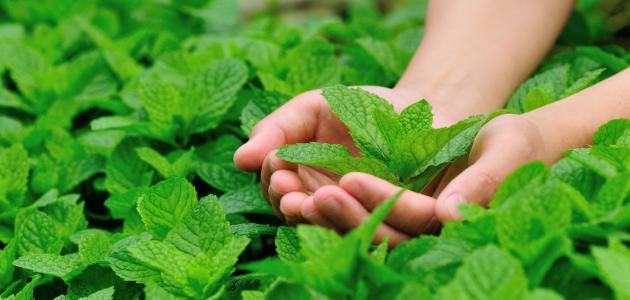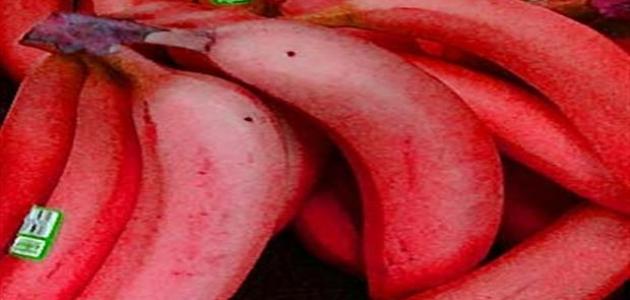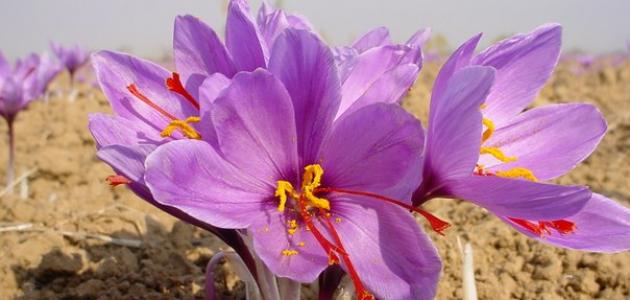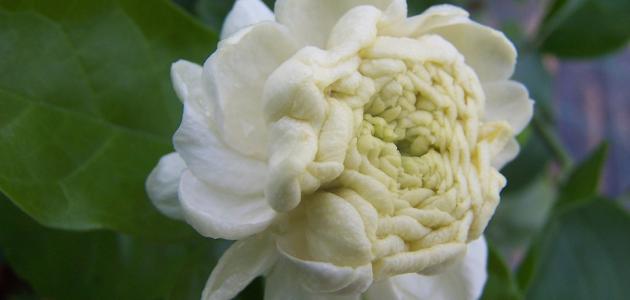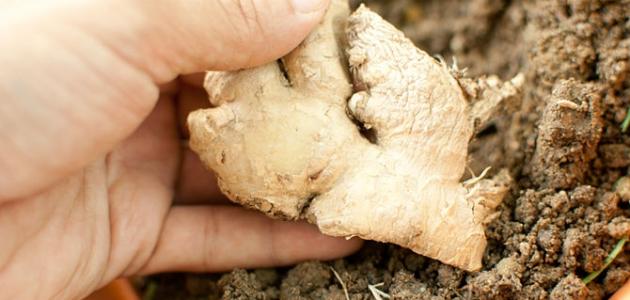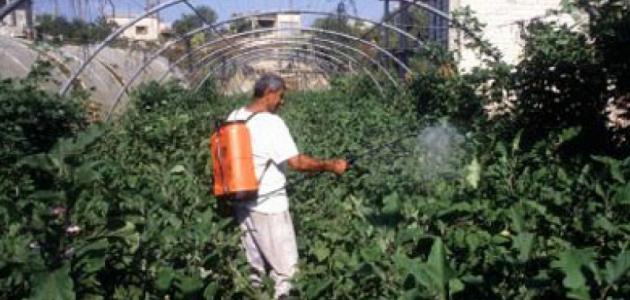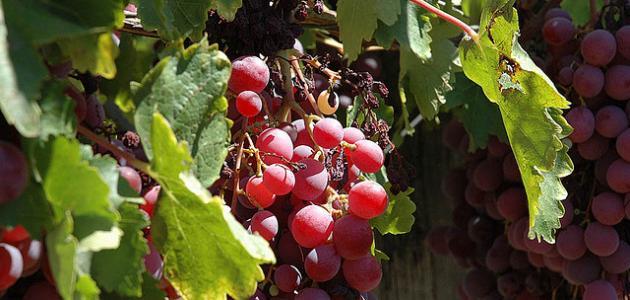habat al Baraka
The mention of the black seed or the black seed was mentioned in the Prophet’s Sunnah because of its health and therapeutic benefits for humans, and that is in the honorable hadith of the Prophet: On the authority of Abu Hurairah, may God be pleased with him, he said: The Messenger of God, may God’s prayers and peace be upon him, said: “You should take this black seed, for it contains a cure for every disease Except for the poison.” (And the poison is death) Narrated by Bukhari, Muslim, Al-Tirmidhi, and Imam Ahmed.
Nigella sativa is scientifically called (Nigella sativa). It is an annual aromatic plant that belongs to the Ranunculaceae family. The height of the plant reaches 30 centimeters, its stem is erect and branched, its leaves are thin and have blue flowers, and they turn into pods with black seeds in a serrated shape.
cultivation
The original home of Nigella sativa is India, Iran, the Arabian Peninsula, Pakistan, and the Arab Maghreb. It is also grown in western Asia and the Mediterranean basin regions. It is also grown in saline-free soils that have good ventilation. To increase its yield, it is preferable to plant it in yellow or newly reclaimed soil. Its planting time is during September or October, and its harvest season is in April.
steps to grow it
There are steps for planting black seed, which are as follows:
- Plow the soil vertically at least twice and remove weeds from the soil.
- Soil planning in the form of parallel lines along the ground.
- Fertilizer should be applied in appropriate quantities, where (200) grams of calcium phosphate and (50) grams of sulfur are placed per acre.
- Jour worked in vertical lines, with distances not exceeding (30) centimeters between one jour and the other.
- Planting seeds in hollows so that only (4-5) seeds are placed in each cavity.
- Irrigate the wells with water immediately after planting, then once a week, taking into account the cessation of irrigation about (20) days before the harvest date.
- During the month of April, when the leaves become dry and the fruits are yellow, the seeds are harvested, which are in the form of pods. The color of the seeds, when removed from the pods, is white, then they turn black after exposure to air.
benefits
- Studies have shown the effectiveness of black seed in the treatment and prevention of malaria.
- Treats fungus and most types of germs.
- Protects the liver from toxins and treats liver diseases.
- Protect from liver cancer.
- Prevent colon cancer.
- It inhibits cancer cells in the breast.
- Nigella sativa oil helps in lowering the blood sugar level in diabetic patients.
- It increases the level of beneficial cholesterol and reduces symptoms of allergic diseases such as: asthma and rhinitis.
- Diarrhea cases are treated.
- Protects the stomach membrane from damage, especially alcohol damage.
- Prevent kidney disease because it contains thymoquinone.
- Helps prevent arterial and heart diseases.
- They contain antioxidants.
- It lowers high blood pressure.
- Reducing inflammation caused by rheumatism.
